Category Archives: Electronic Design
Understanding Tunnel Diode
02/02/2023, hardwarebee
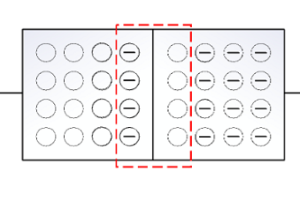
Introduction
General diodes can block the current in one direction and allow the current to flow in the opposite direction, which can be used for providing DC parameters. However, other types of diodes are available that can be employed for various purposes. In this article, one of the diode
Understanding Charge Pump
29/12/2022, hardwarebee

Introduction
A charge pump is a type of electronic circuit that is used to increase the voltage of a DC power supply. It works by using a series of switching elements, such as transistors or diodes, to transfer charge from one storage element to another, resulting in a higher
Understanding Clamper Circuit
19/12/2022, hardwarebee
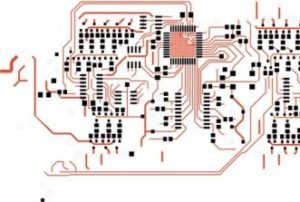
Introduction
A clamper circuit is an electronic circuit using a resistor, capacitor, and diode to shift up or down a signal without changing the signal shape. In fact, this circuit adds a positive or negative DC offset to the signal. In some cases, a dc voltage source like a
Understanding AC to DC Converter
16/12/2022, hardwarebee
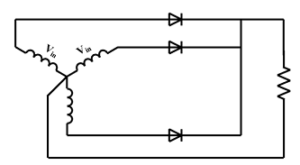
Introduction
As can be implied from its name, an AC to DC converter, converts AC signals into DC ones. Generally, AC signals are periodic signals, such as sinusoidal, repeating in each cycle. In an AC system, parameters change from positive to negative and vice versa. However, in the DC
IMEC Announces a Breakthrough Chip for 100G Optical Networking
13/12/2022, hardwarebee
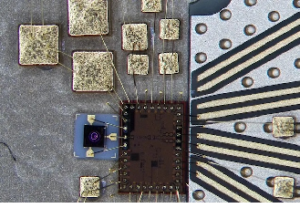
Imec, a research and innovation company in Belgium, is developing a new chip that aims to strengthen next-generation optical networks. The chip, called a transimpedance amplifier (TIA), is designed for use in 100G passive optical networks (PONs).
PONs are a type of fiber optic network that use a
Unit Of Resistance
07/11/2022, hardwarebee

What is resistance?
In electronics, the term “resistance” is the fundamental property of every electronic device. Resistors are a common element in electrical and electronic devices.
Even a small piece of wire has some resistance. When an electron flows through devices and wires, it encounters some hindrances in
Understanding Knee Voltage
24/10/2022, hardwarebee
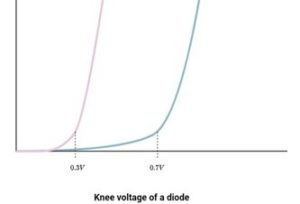
To understand the term knee voltage we should first refer to the graph of a diode (figure 1). The knee is the bent on the graph, after which rapid changes occur in the diode behavior. This bent is shaped like a knee, hence the term “knee voltage”.
This current-voltage
SMPS Full Form
11/08/2022, hardwarebee
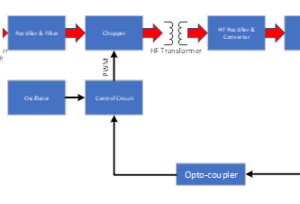
SMPS Full Form, sometimes referred to as Switching Mode Power Supply, is the full form of SMPS. A switching regulator is used by SMPS, an electronic power supply system, to efficiently transmit electrical power. In fact, SMPS full form is an electronic circuit that converts power which switches. These switches
Read MoreUnderstanding Delta Modulation
07/08/2022, hardwarebee
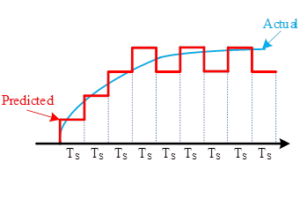
What is delta modulation?
In the digital era, analog and digital signals are be converted into each other form. For this purpose, many techniques have been developed, which each of them has pros and cons. One of the techniques that are used for converting analog signals to digital signals
Understanding RC Phase Shift Oscillator
12/07/2022, hardwarebee
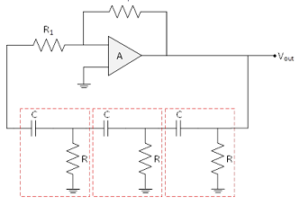
Introduction to Electronic Oscillators
An electronic oscillator is a circuit that accepts DC voltage and generates a periodic AC signal with different frequencies from few Hz to GHz. The periodic signal can be sinusoidal or non-sinusoidal, like a triangle or square wave. The oscillator with a sine wave is


